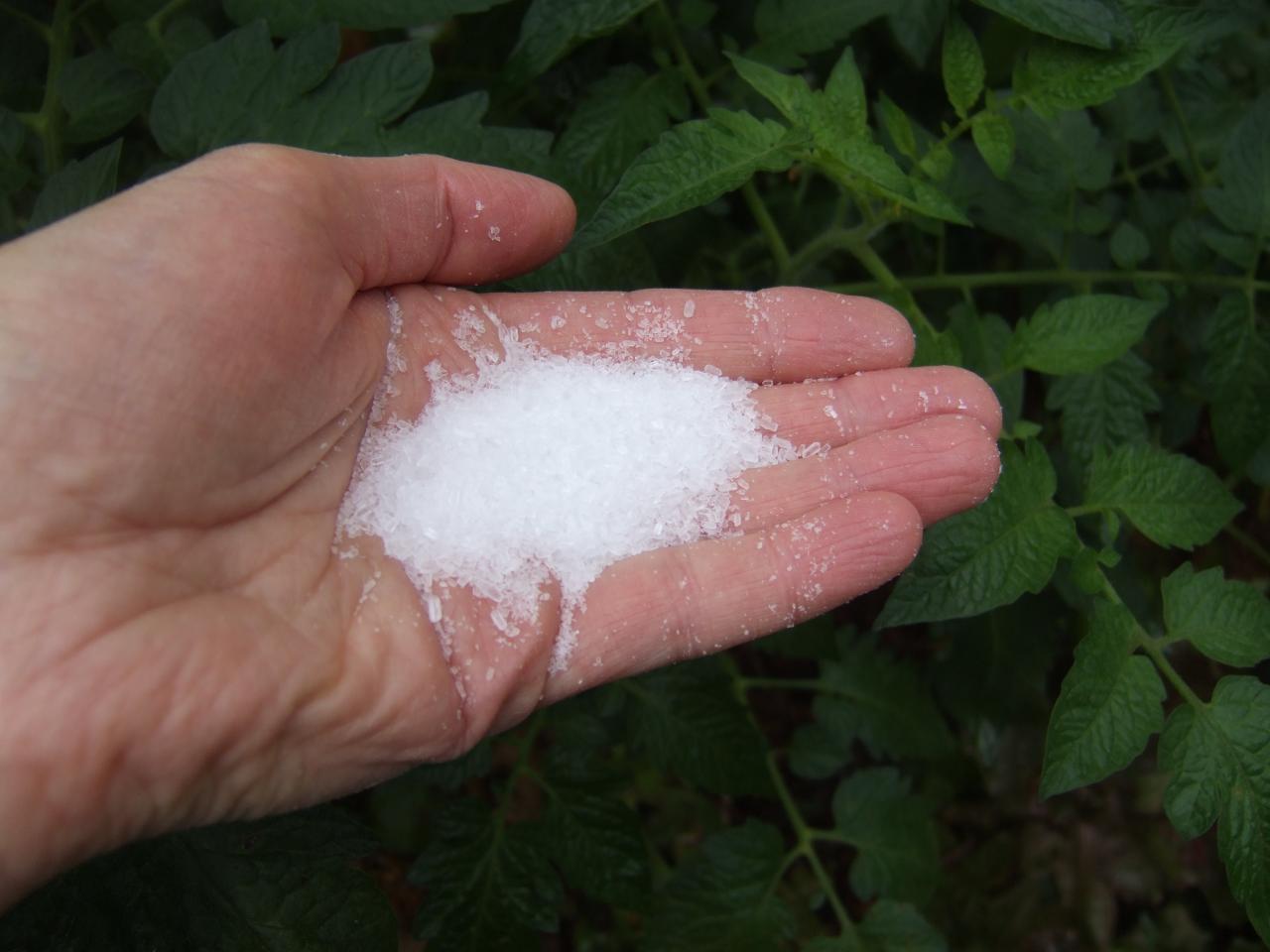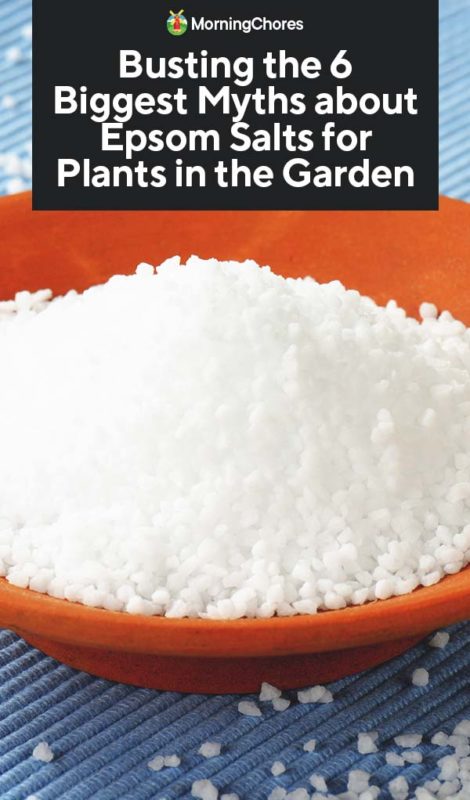Avoid These Plants: What Plants Don't Like Epsom Salt
Avoid These Plants: What Plants Don't Like Epsom Salt
Blog Article
Learn Regarding the Details Plants That Are Adversely Impacted by Epsom Salt Application
Epsom salt, a preferred house solution for various horticulture concerns, is usually commended for its helpful impacts on plant development. Nonetheless, not all plants react favorably to its application. Comprehending the certain plants that can be detrimentally affected by Epsom salt is essential for any kind of gardener wanting to maximize their plant treatment regimen. Roses, tomatoes, azaleas, peppers, and rhododendrons are simply a couple of examples of plants that might not react well to Epsom salt. The factors behind these adverse results and how to alleviate them are essential expertise for preserving a prospering yard.
Roses

Roses, particularly conscious changes in their environment, can be adversely impacted by the application of Epsom salt. While Epsom salt is commonly utilized as a fertilizer to promote plant development and boost blooming, roses are among the plants that do not respond well to its application. The high magnesium web content in Epsom salt can hinder the uptake of other essential nutrients by the rose plants, causing deficiencies that manifest as yellowing fallen leaves or stunted development.

Tomatoes
While Epsom salt is frequently promoted as a treatment for different plant issues, including blossom end rot in tomatoes, its application can lead to harmful outcomes if not made use of deliberately. Extreme Epsom salt, which is magnesium sulfate, can disrupt the fragile nutrient balance required by tomatoes, possibly leading to shortages in various other crucial nutrients like calcium. When thinking about the use of Epsom salt on tomatoes, it is critical to adhere to suggested application prices and dirt testing to protect against unintentional repercussions on the general health and wellness and efficiency of these precious garden plants.
Peppers
Peppers, prized for their numerous shades and levels of spiciness, can show sensitivity to adverse effects from Epsom salt when not applied with treatment and consideration for their details dietary needs. what plants don't like epsom salt. Peppers, coming from the Solanaceae family, need a delicate balance of nutrients to thrive. While Epsom salt is recognized to improve magnesium degrees in plants, excessive application can disrupt this balance, bring about damaging effects on pepper plants
When peppers are exposed to high degrees of magnesium from Epsom salt, it can disrupt the plant's capability to soak up other essential nutrients like calcium and potassium. This inequality may manifest in signs and symptoms such as leaf discoloration, stunted growth, and decreased fruit production. Additionally, the excessive magnesium can modify the soil pH, more worsening nutrient uptake problems for peppers.

Rhododendrons
Given the sensitivity of particular plant species to imbalances brought on by Epsom salt, it is important to take into consideration the effect on Rhododendrons, which additionally need particular nutrient degrees to flourish. Rhododendrons are acid-loving plants that prefer acidic dirt problems with a pH range in between 4.5 and 6.0. Epsom salt, chemically referred to as magnesium sulfate, can modify the soil pH and disrupt the fragile balance of nutrients important for Rhododendron health.

To maintain the ideal growth and wellness of Rhododendrons, it is important to stay clear of the unplanned use Epsom salt and rather concentrate on providing the certain acidic dirt conditions and nutrients that these plants require for prospering.
Azaleas
Azaleas, understood for their vivid flowers and wide variety of colors, are decorative shrubs that come from the Rhododendron category. These popular flowering plants are usually found in landscapes, gardens, and parks as a result of their appeal and flexibility. Azaleas are delicate to adjustments in dirt pH levels, which can dramatically impact their growth and total wellness. While Epsom salt is typically used as a remedy for magnesium deficiency in plants, its application to azaleas can have damaging impacts.
When Epsom salt is related to azaleas, it can modify the dirt pH, making it much more acidic. Azaleas choose slightly acidic dirt problems, and an unwanted of magnesium from Epsom salt can interrupt this balance, leading to nutrient inequalities and possible toxicity concerns. The incorrect application of Epsom salt can result in stunted growth, yellowing of leaves, and total decrease in the wellness of azaleas. It is crucial to be mindful when considering the usage of Epsom salt on azaleas to stop any type of adverse repercussions on these delicate ornamental shrubs.
Verdict
To conclude, it is necessary to be familiar with the particular plants that can be negatively affected by the application of Epsom salt. Roses, tomatoes, rhododendrons, azaleas, and go to this web-site peppers are some instances of plants that might not benefit from Epsom salt and can even experience harm. It is essential to research study and understand the requirements of each plant varieties before making use of Epsom salt as a plant food to ensure their wellness and well-being.
Understanding the specific plants that can be negatively impacted by Epsom salt is vital for any kind of gardener looking to enhance their plant care regimen. While Epsom salt is commonly used as a fertilizer to advertise plant development and enhance blooming, roses are one of the plants that do not react well to its application.Extreme usage of Epsom salt can likewise result in a build-up of salts in the dirt, leading to root damages and dehydration of the rose plants. While Epsom salt is recognized to increase magnesium levels in plants, excessive application can interrupt this equilibrium, leading to unfavorable impacts on pepper plants.
The high salt web content in Epsom salt can also dry out Rhododendron roots, triggering more tension and damage to the plant. (what plants don't like epsom salt)
Report this page